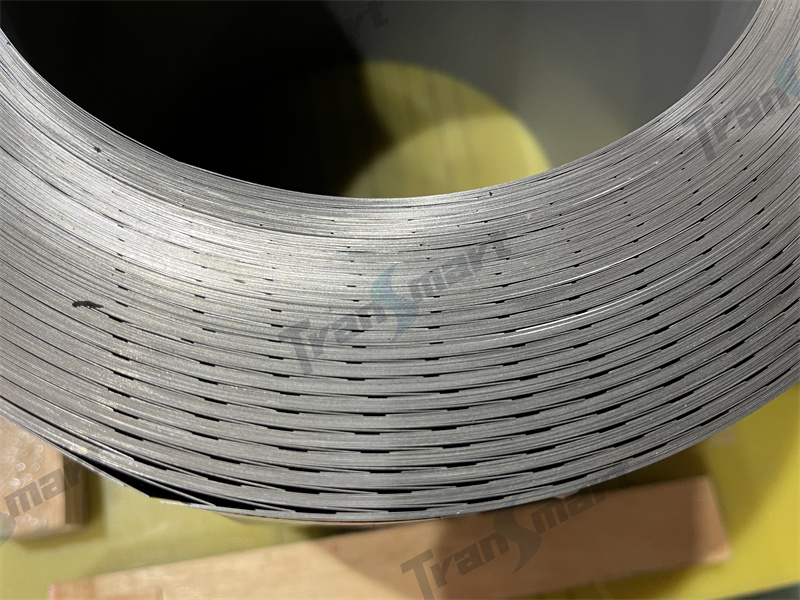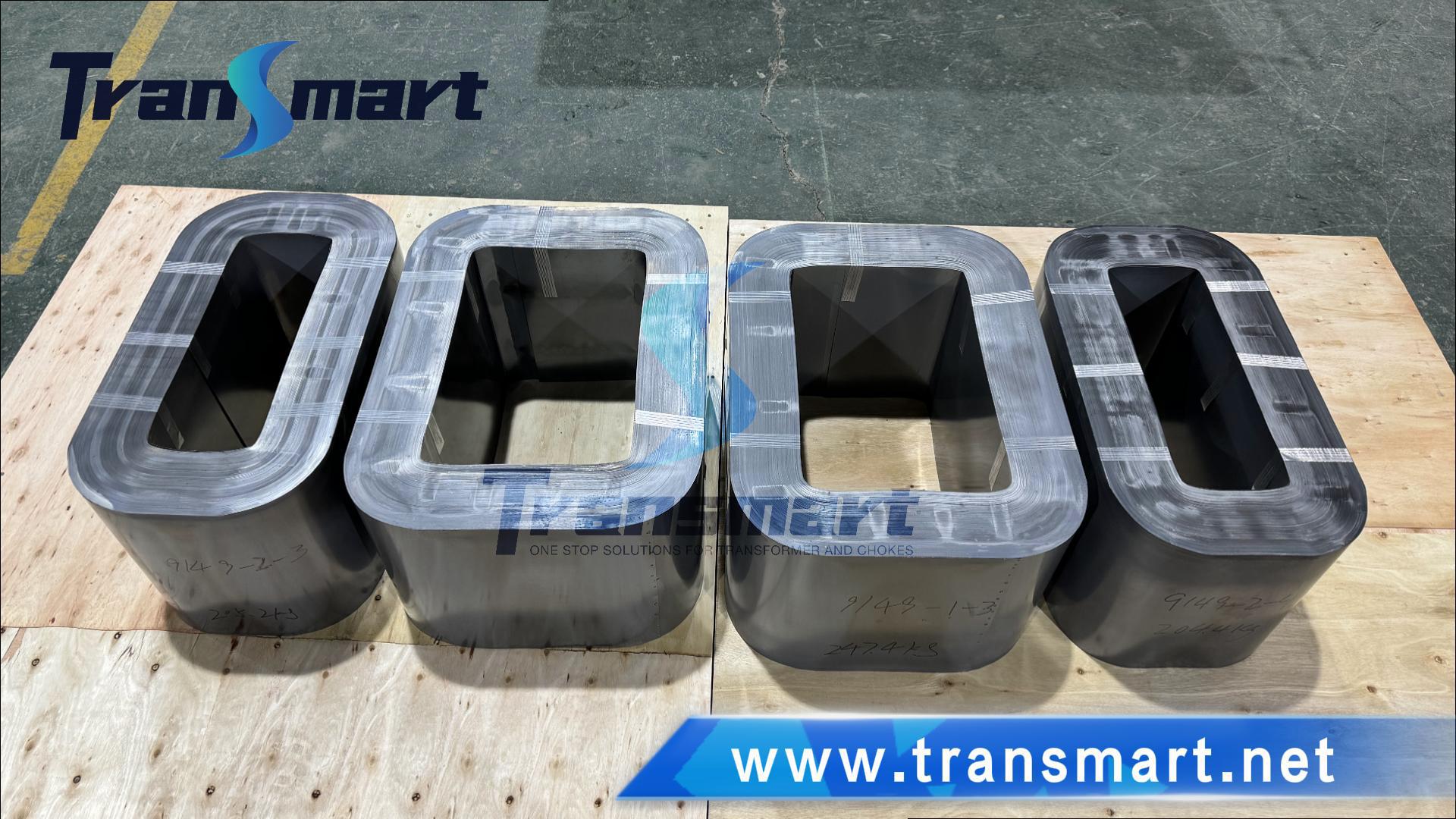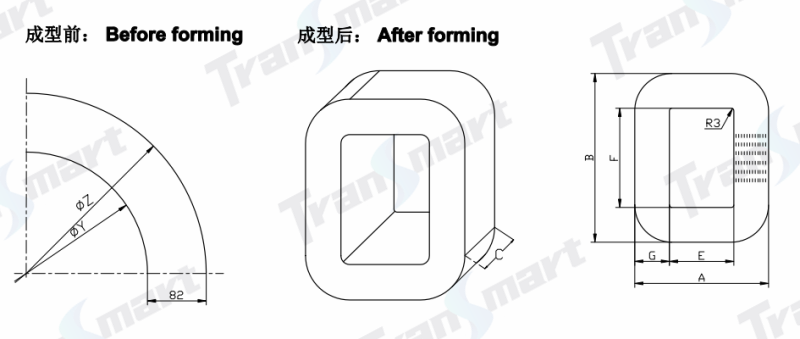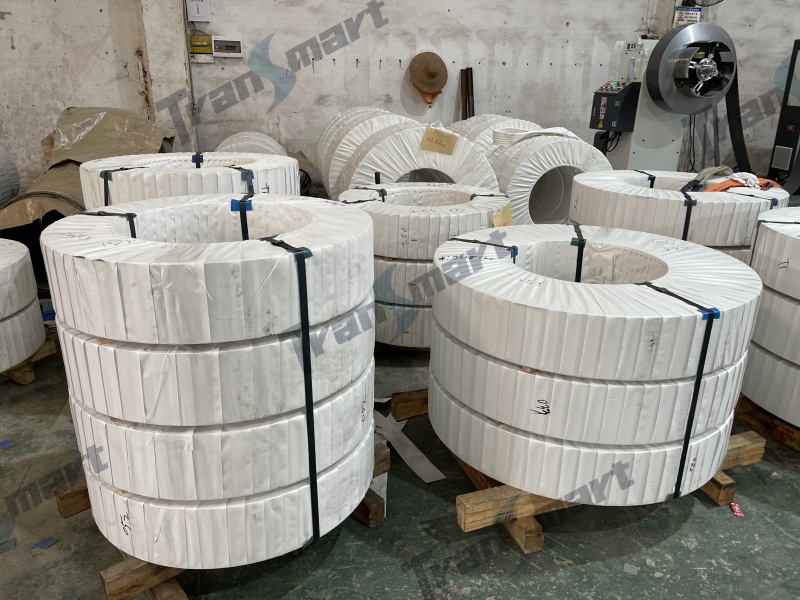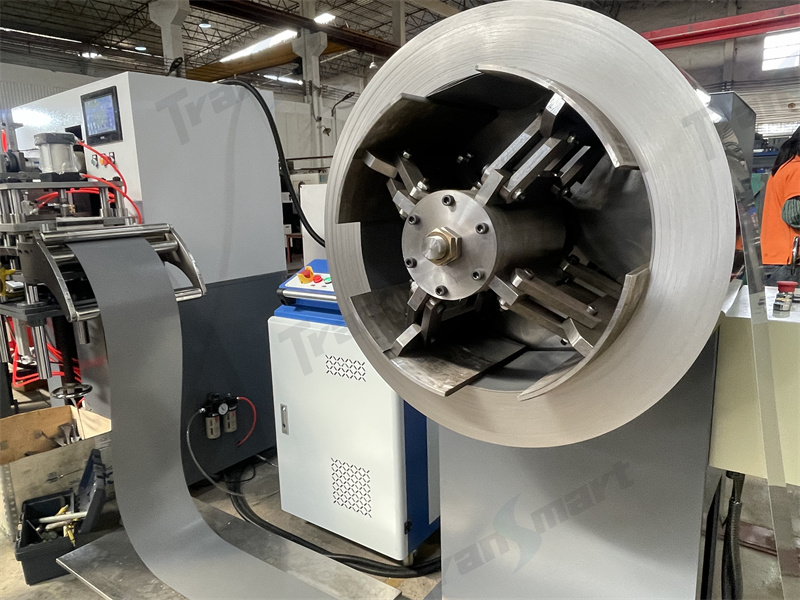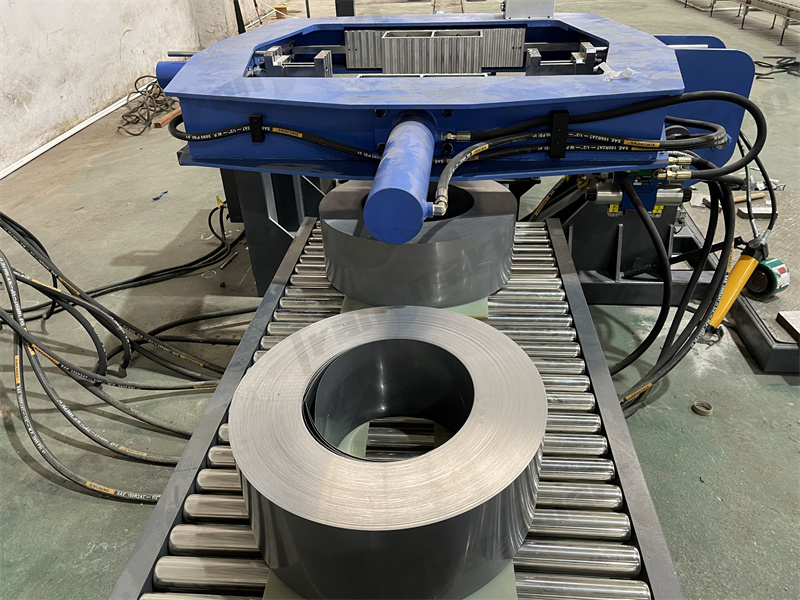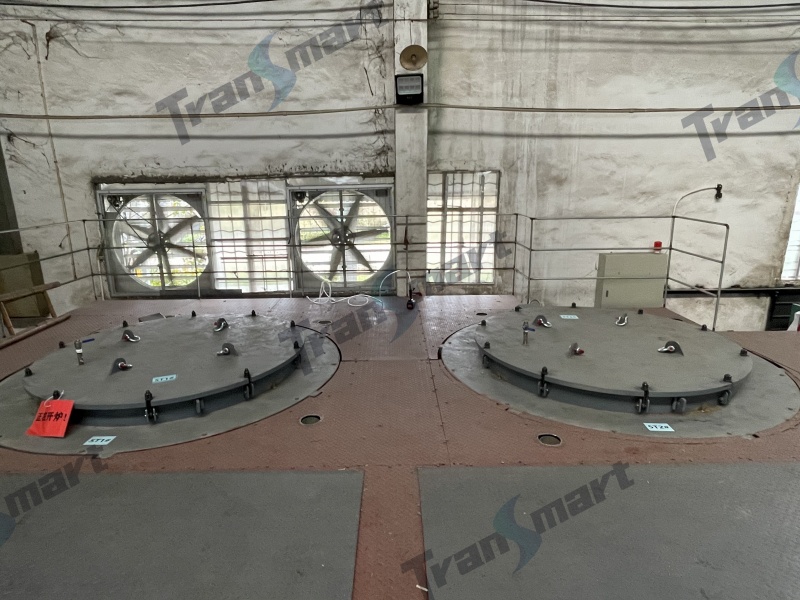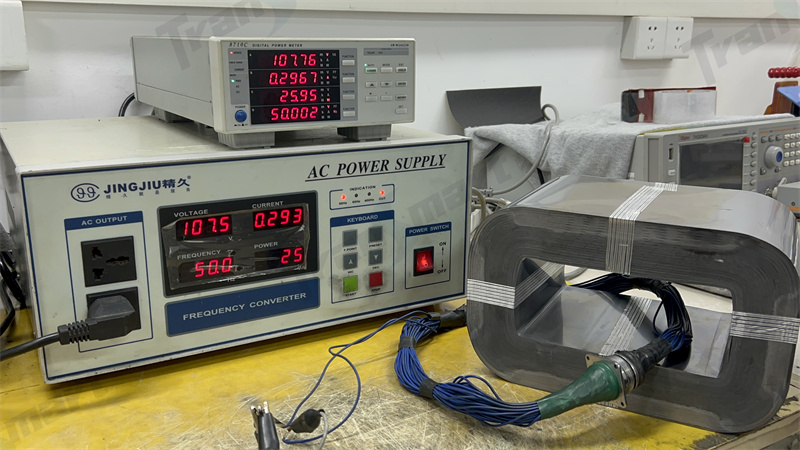These are several core types used in pole-mounted transformers, including:
Shell-type core: This type of core consists of two cylindrical or toroidal-shaped cores that surround the windings. It provides efficient magnetic coupling and allows for easy cooling.
Core-type core: This type of core has a rectangular or E-shaped core that encloses the windings. It is widely used in distribution transformers due to its compact size and high efficiency.
Toroidal core: This type of core is donut-shaped and provides excellent magnetic coupling, low no-load losses, and compact design. It is commonly used in single-phase pole-mounted transformers.
These are some of common core types used in pole-mounted transformers, but there maybe other variations depending on specific requirements and manufacturer preferences.

